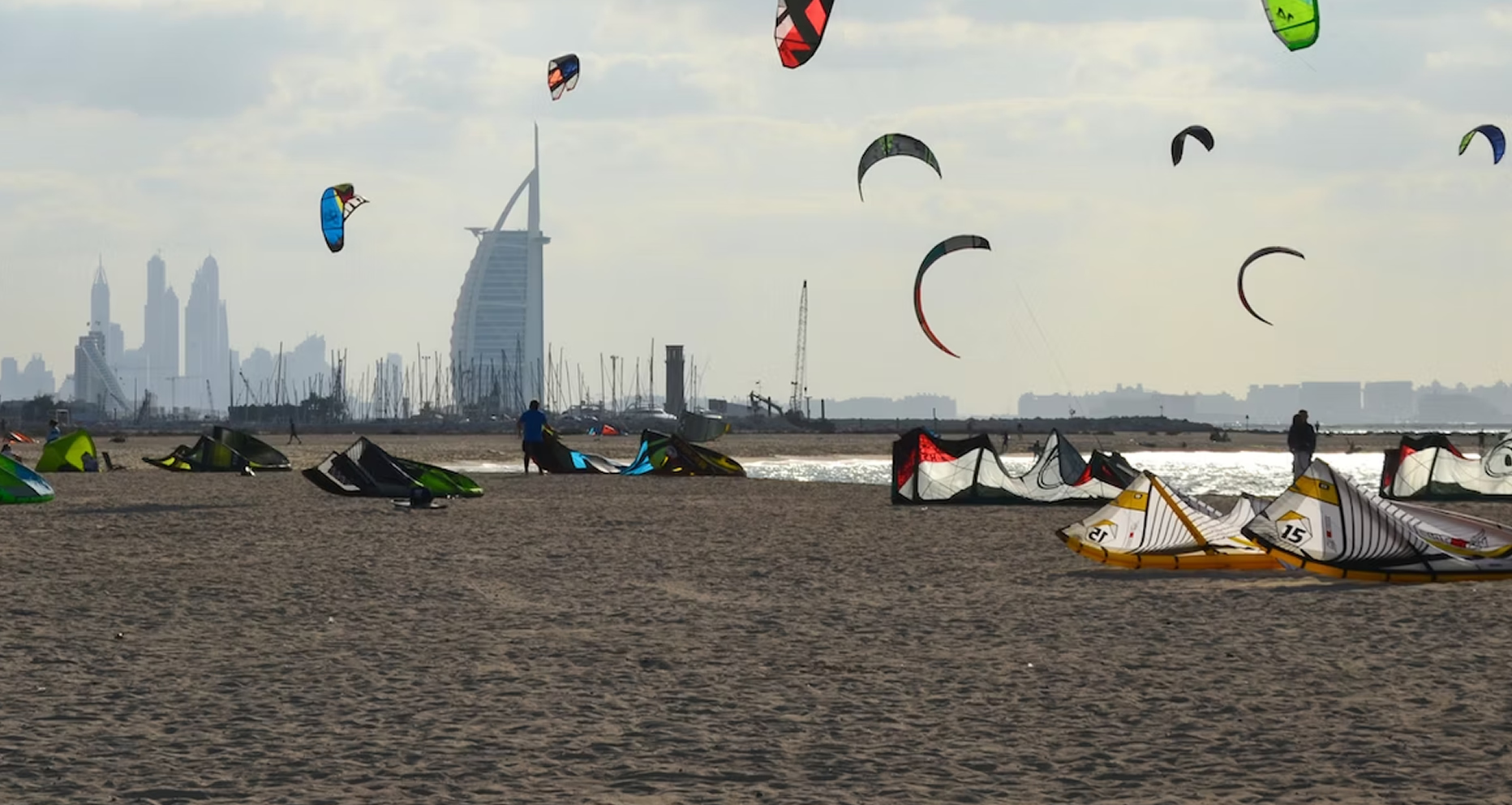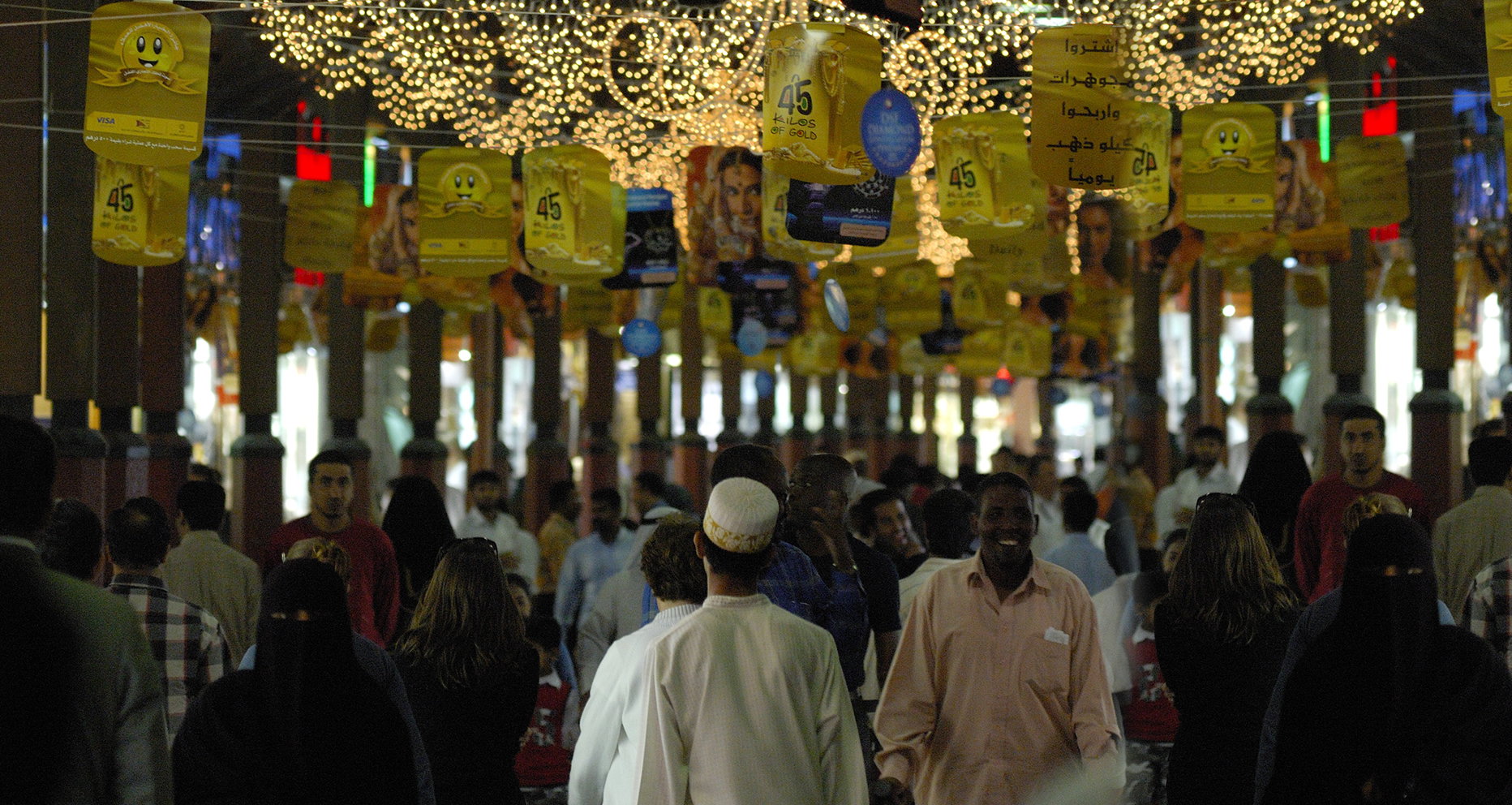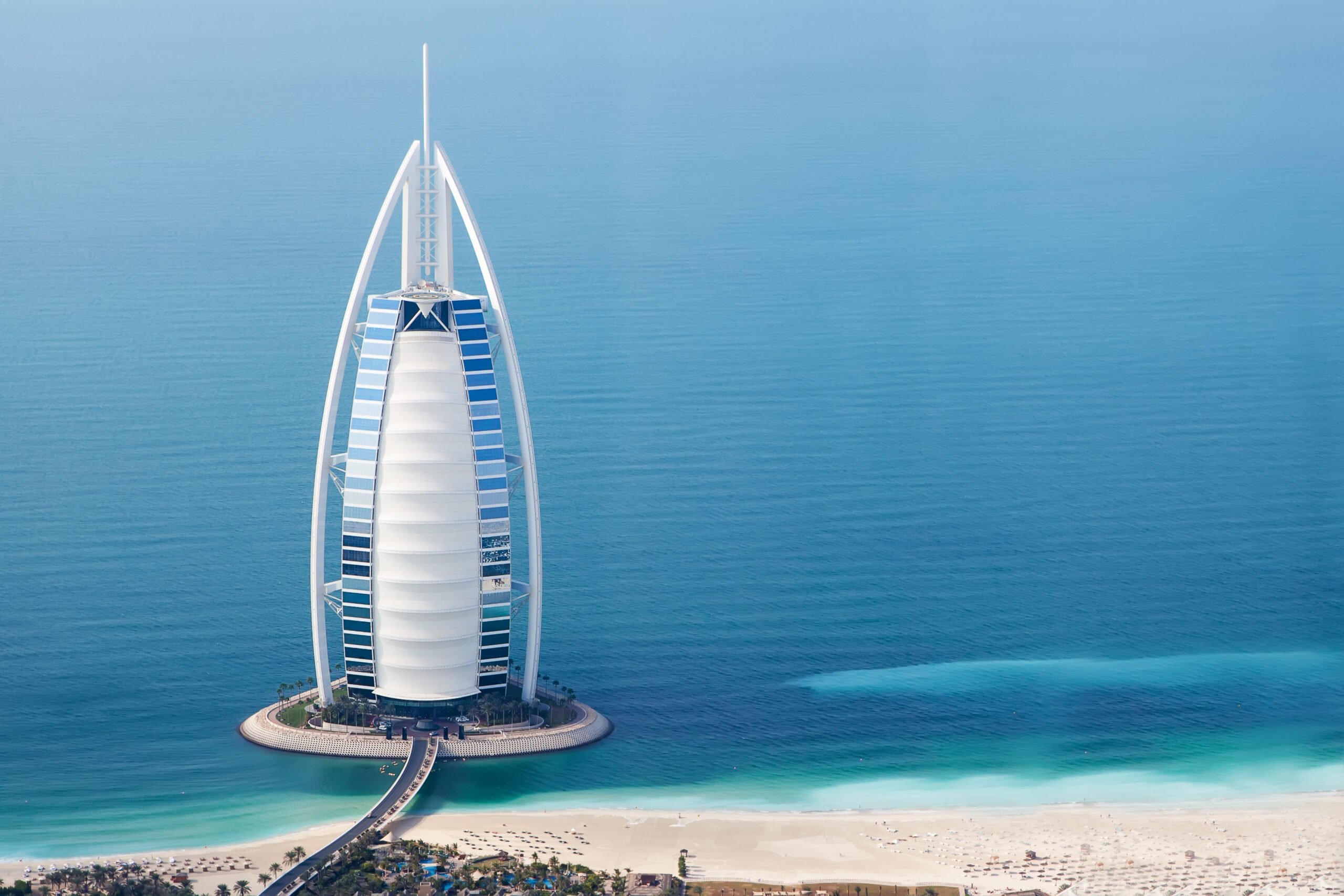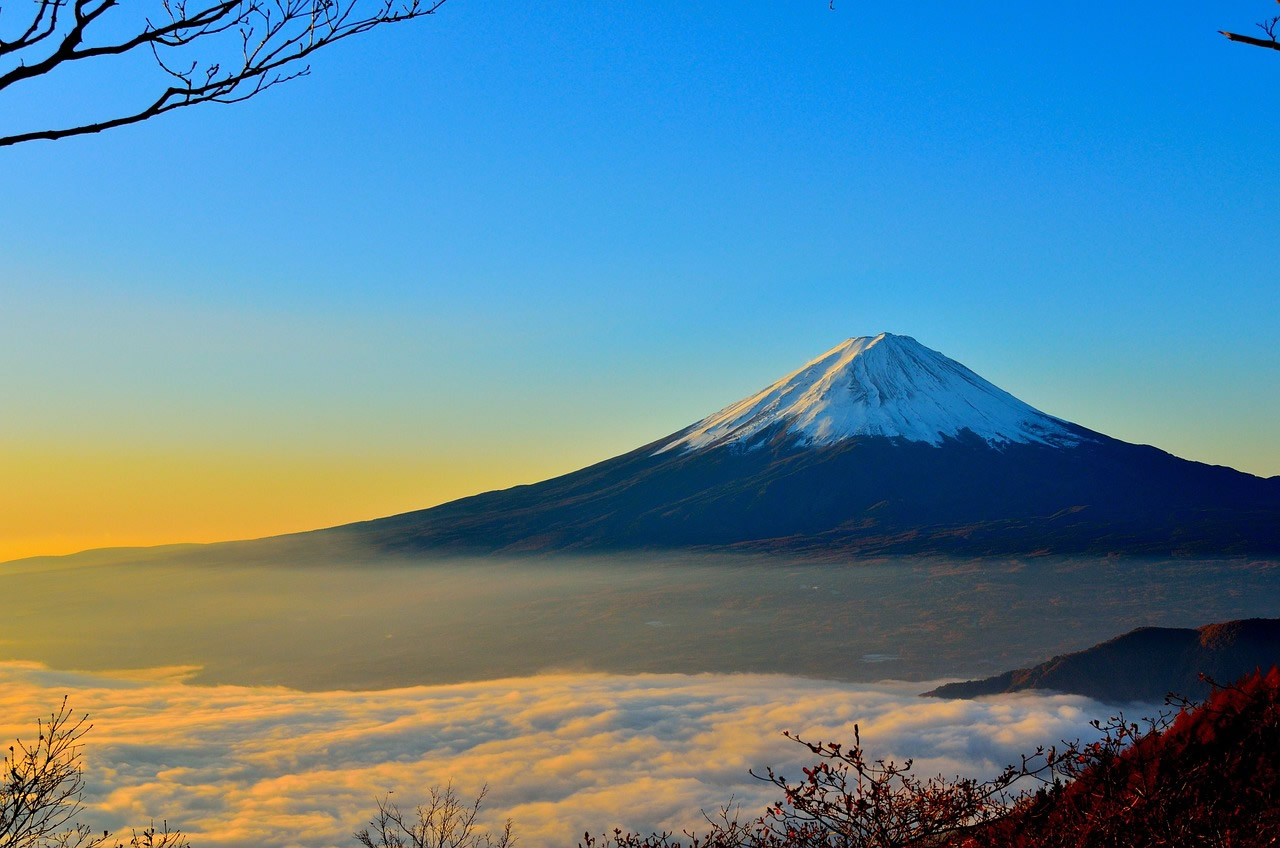Teatro Nacional, San José’s
On the southern side of the Plaza de la Cultura resides the Teatro Nacional, San José’s most revered building. Constructed in 1897, it features a columned neoclassical facade flanked by statues of Beethoven and famous 17th-century Spanish dramatist Calderón de la Barca. The lavish marble lobby and auditorium are lined with paintings depicting various facets of 19th-century life.
History - San José’s
When construction began in the late 19th century, the President of Costa Rica was determined to create a lavish and impressive building that was worthy of the moniker ‘National Theater’. However, the population of Costa Rica was quite low – San Jose alone had only around 20,000 residents – and cost was a major consideration. President José Joaquín Rodríguez Zeledón’s solution to this problem was to place a tax on coffee, the main export of the country at the time. The construction was fraught with problems until an Italian engineer was brought in to oversee the entire project and guide it to success.
The theater’s most famous painting is Alegoría al café y el banano, an idyllic canvas showing coffee and banana harvests. The painting was produced in Italy and shipped to Costa Rica for installation in the theater, and the image was reproduced on the old ₡5 note (now out of circulation). It seems clear that the painter never witnessed a banana harvest because of the way the man in the center is awkwardly grasping a bunch (actual banana workers hoist the stems onto their shoulders).
Performances and Tours
Costa Rica’s most important theater stages plays, dance, opera, classical concerts, Latin American music and other major events. The main season runs from March to November, but there are performances throughout the year. The hourly tours here are fantastic – guests are regaled with stories of the art, architecture and people behind Costa Rica’s crown jewel of the performing arts. The best part is a peek into otherwise off-limits areas, such as the Smoking Room, which features famous paintings, lavish antique furnishings and ornate gold trim. Tours are offered every hour on the hour in Spanish and English, to a maximum of 30 people. Children under 12 are free.
Alma de Cafe
One of the most beautiful cafes in the city, this spot evokes early 20th-century Vienna. It’s a perfect place to sip a cappuccino, enjoy a crepe or quiche and take in the lovely ceiling frescoes and rotating art exhibitions. The coffee concoctions – such as the chocolate alma de cafe, spiked with cinnamon and clove – are an excellent midday indulgence. Once you’re finished soaking up all the culture within the theater, you can easily join one of the city walking tours that start from the cafe.










